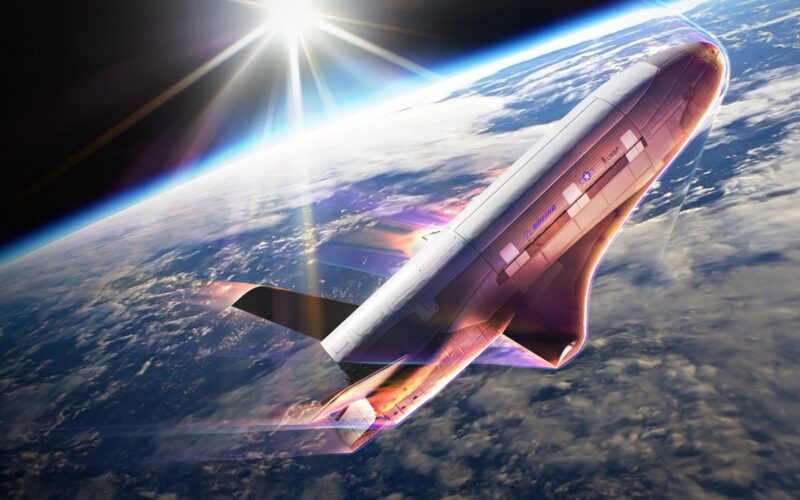The US Space Force is preparing to execute a series of orbital maneuvers with its X-37B Orbital Test Vehicle (OTV-7).
The X-37B will attempt to use the drag of Earth’s atmosphere to gradually lower its orbit and reduce fuel consumption. The move will allow the spacecraft “to change its orbit around Earth and safely dispose of its service module components in accordance with recognized standards for space debris mitigation,” the US Space Force explained in a statement.
Since December 28, 2023, the X-37B has been operating in a Highly Elliptical Orbit (HEO) as part of its seventh mission managed by the US Air Force Rapid Capabilities Office (AFRCO). During this mission, the space drone has been conducting radiation effect experiments and testing Space Domain Awareness technologies.
Aerobraking: A first for the US Space Force
Aerobraking, a series of controlled atmospheric passes, allows the spacecraft to change its orbit with minimal fuel expenditure. This is the first time the US Space Force has attempted such a maneuver with the X-37B.
Once the aerobraking sequence is complete, the spaceplane will resume its experimental objectives, eventually de-orbiting and safely returning to Earth, as it has done on six previous missions.
“This novel and efficient series of maneuvers demonstrates the Space Force’s commitment to achieving groundbreaking innovation as it conducts national security missions in space,” stated Frank Kendall, Secretary of the Air Force.
What is the Boeing X-37B?
The X-37B program, which has been active since 2010, is aimed at developing next-generation reusable space technologies. Manufactured by Boeing’s Phantom Works division, the space drone resembles a smaller version of the retired NASA space shuttles. Its re-entry trajectory is also similar, and it lands on the same runways that were once used by its predecessors.
The X-37B has a launch weight of about 5 tons (11,000 pounds). It is 8.8 meters (29 feet) long and has a wingspan of 4.5 meters (14 feet). It is powered by a deployable solar panel and uses an ion thruster to move around in low orbit (about 300 kilometers/200 miles of altitude).
With its capability to enter low orbit and execute orbital maneuvers, the X-37B might ultimately be able to conduct covert operations like eavesdropping on communications or even intercepting other nations’ satellites.

